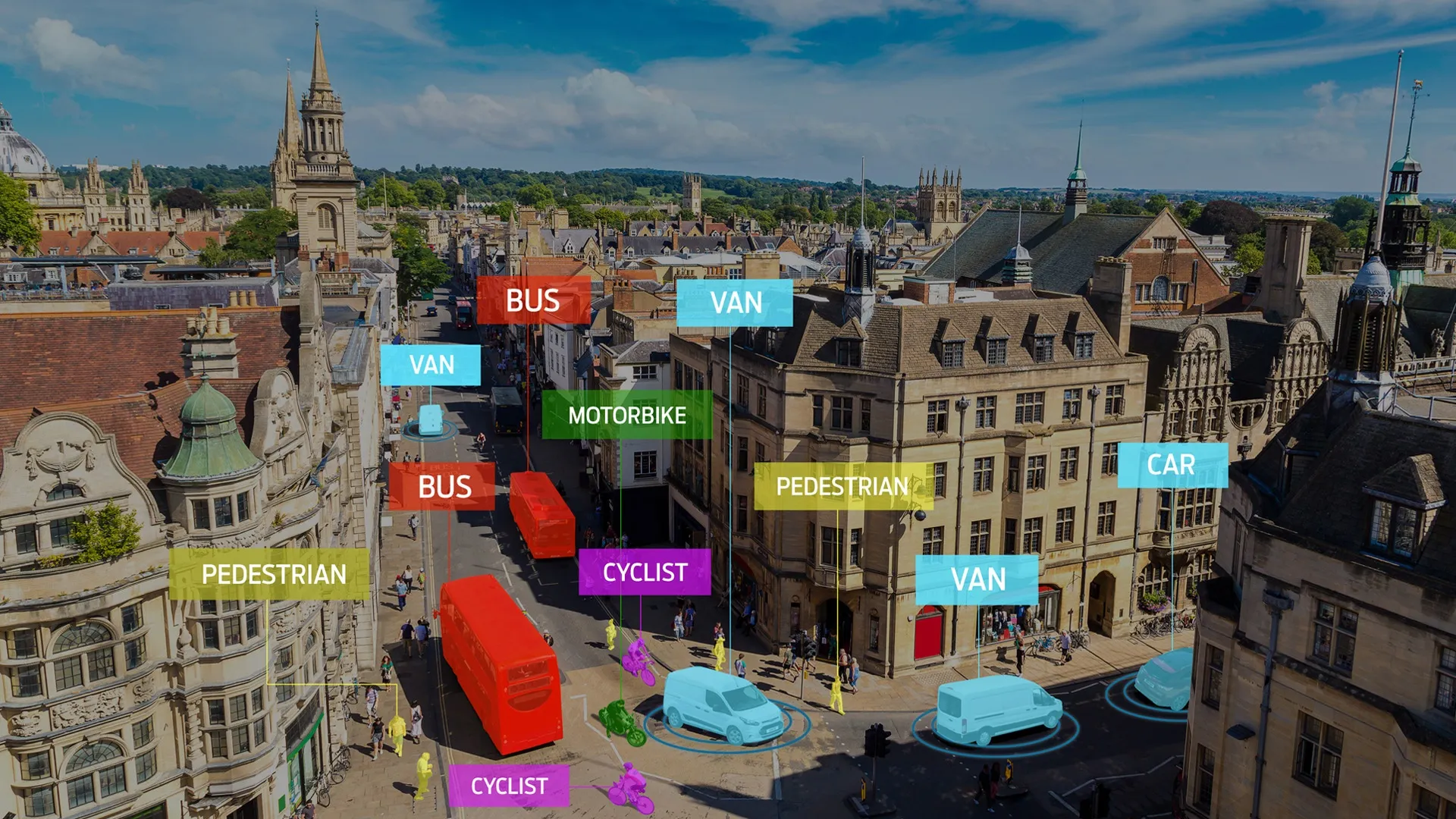The EU's TEN-T Programme is to provide almost US$4 million for preparatory studies for a cross-border train and bus service linking Belfast in Northern Ireland to the rest of UK and neighbouring countries. The service will also integrate other transport modes and ensure a connection to Belfast’s Central Business District. The studies will identify how best to deliver a fully integrated service with amenities other transport users (taxis, cyclists, private cars, pedestrians) and a seamless connection to the
February 20, 2015
Read time: 2 mins
The EU's TEN-T Programme is to provide almost US$4 million for preparatory studies for a cross-border train and bus service linking Belfast in Northern Ireland to the rest of UK and neighbouring countries. The service will also integrate other transport modes and ensure a connection to Belfast’s Central Business District.
The studies will identify how best to deliver a fully integrated service with amenities other transport users (taxis, cyclists, private cars, pedestrians) and a seamless connection to the city’s proposed rapid transit service.
The new intermodal transport hub is part of a larger project aiming to reduce passenger journey times between Ireland, the UK and mainland Europe.
The project was selected for EU funding with the assistance of external experts under the TEN-T Multi-Annual Call 2013, priority projects. Its implementation will be monitored by INEA, the1690 European Commission's Innovation and Networks Executive Agency. The project is to be completed by December 2015.
The studies will identify how best to deliver a fully integrated service with amenities other transport users (taxis, cyclists, private cars, pedestrians) and a seamless connection to the city’s proposed rapid transit service.
The new intermodal transport hub is part of a larger project aiming to reduce passenger journey times between Ireland, the UK and mainland Europe.
The project was selected for EU funding with the assistance of external experts under the TEN-T Multi-Annual Call 2013, priority projects. Its implementation will be monitored by INEA, the









